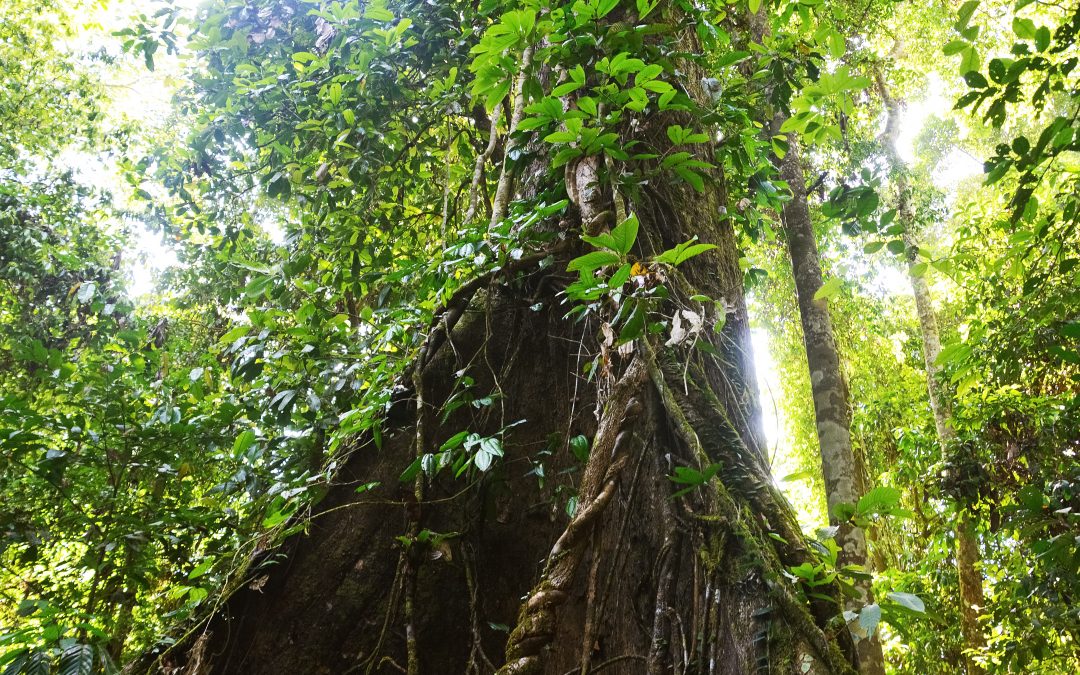Johan A Oldekop, Charis Enns and Rose Pritchard, Global Development Institute, The University of Manchester
John Kerry, the US climate envoy, has high hopes for the outcomes of COP26. Indeed, politicians across political divides have stressed the ‘make or break’ nature of these talks. Over the past year, the media has consistently covered the build-up to the climate conference in Glasgow. BBC Radio 4, the broadcaster’s flagship news and spoken-word channel is, for example, currently hosting a podcast entitled ‘39 ways to save the planet’ to accompany a recent eponymous book.
While climate change and COP26 have grabbed the headlines, the “other” COP – COP15 – has largely flown under the media radar. The United Nation’s Convention on Biological Diversity’s 15th Conference of the Parties, whose first virtual session has just ended (the second session will be held in person in Kunming between 25th of April – May 8th) is grappling with the world’s other existential environmental threat: biodiversity loss. In the same way that COP26 will aim to revise international and national climate change mitigation targets, the aim of COP15 is the development of a new international and national biodiversity conservation agenda to supersede the Aichi Biodiversity targets.
Three Key Challenges
The links between climate change and biodiversity loss are evident; from coral bleaching in tropical seas due to rising temperatures, to reduced reproductive rates in artic mammals because of changing weather patterns. Despite this deep interrelation, policy agendas to address climate change and biodiversity loss remain largely separate. This separation poses at least three important challenges:
First, uncoordinated efforts to address one challenge might worsen the other. For example, reforesting areas with exotic tree species or monocultures can disrupt local ecosystem functions and speed up local biodiversity loss. Yet grassland and savanna ecosystems have been identified as priority areas for tree planting. The policy traction of such studies can be considerable, highlighting the need for better conceptual integration of climate change and biodiversity in scientific research.
Second, separate funding streams to address these challenges is likely to lead to an inefficient allocation of scarce financial resources. Current funding streams to address climate change are estimated to range between $500 and $700 Billion per annum. The funds are short of the necessary annual $2.4 trillion estimated by the IPCC, and are considered insufficient to ensure that we remain below the limits set out in the Paris Agreement. Furthermore, most of these funds are spent in OECD countries and are thus not reaching the regions most impacted by climate change. Funding for biodiversity conservation and development is similarly misaligned. Of the almost $1.6 billion assigned by the World Bank and the Global Environment Facility to non-OECD countries between 1995 and 2013, most was not allocated to high-priority countries.
Third, the impacts of both climate change and biodiversity loss are unequally distributed both between and within countries, as are opportunities to influence global policy agendas. Low- and middle-income countries are already dealing with the most severe impacts of climate change and biodiversity loss with the most economically vulnerable populations within these countries facing the greatest risks. Yet, high-income countries, which have been the greatest contributors to climate change and biodiversity loss, continue to carry undue influence in global environmental decision-making processes. Given that low and middle-income countries experience disproportionate impacts and, in some cases, are showing greater leadership in addressing biodiversity loss and climate change, a shift in decision-making power is needed to address these joint environmental challenges.
Moving Forward
Addressing these three challenges requires us to reconsider climate change and biodiversity loss as a joint ‘environmental change’ crisis. The June 2021 joint workshop report by the Intergovernmental Panel on Climate Change (IPCC) and the Intergovernmental Science-Policy Platform on Biodiversity and Ecosystem Services (IPBES) report makes these links and their implications for humanity very clear. Gaining a better understanding of how debates about climate change and biodiversity loss are framed in policy circles is essential to identify commonalities and help frame a joint agenda moving forwards.
Given these joint crises are driven and deepened by global inequalities – such as consumption choices in high-income countries, a joint agenda that addresses environmental change demands that decision-makers address inequalities and place greater focus on adaptation and vulnerability to environmental change. This requires challenging understandings of ‘development’, particularly understandings centred on consumption and on economic metrics like Gross Domestic Product. The burgeoning degrowth movement, which argues for reducing consumption in higher-income countries, provides just one pathway that decision-makers could pursue to encourage ways of living that do not cause harm to people currently living, future generations, or nature.
A transformative response to two of the defining crises of our times – climate change and biodiversity loss – must seek to change who can influence decision-making and funding flows. It also requires challenging the notion that the environment can remain external or secondary in development logic and establishing new relationships between humans and the non-human living world. Exactly how ‘locked in’ policy agendas will remain after COP26 and COP15 remains to be seen, but at the moment, there is still time to demand a policy agenda that engages more fully with the linkages between climate change, biodiversity loss and global inequality.
Photo by Jeremy Bezanger on Unsplash. Danum Valley, Borneo, Malaysia.
Note: This article gives the views of the author/academic featured and does not represent the views of the Global Development Institute as a whole.

